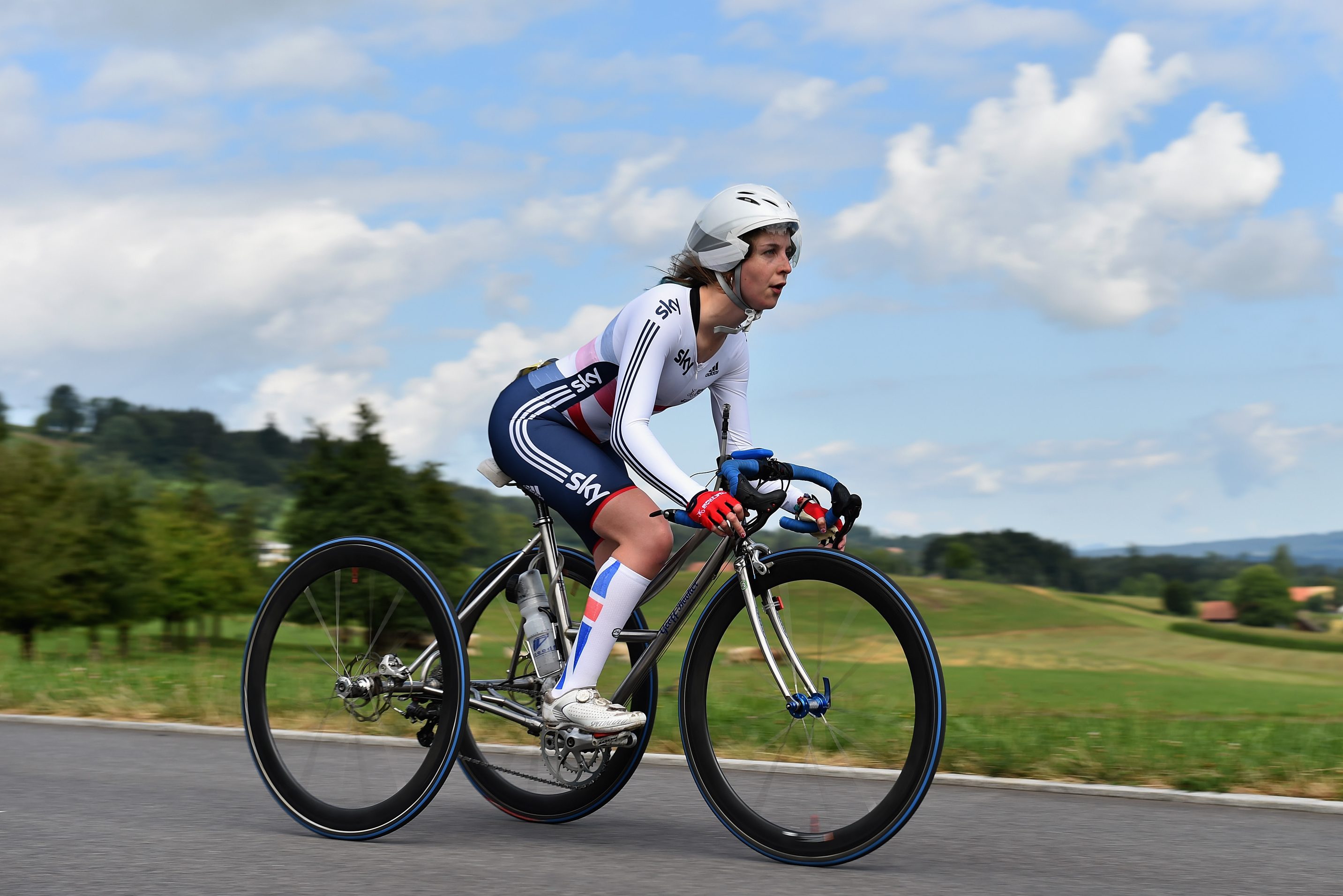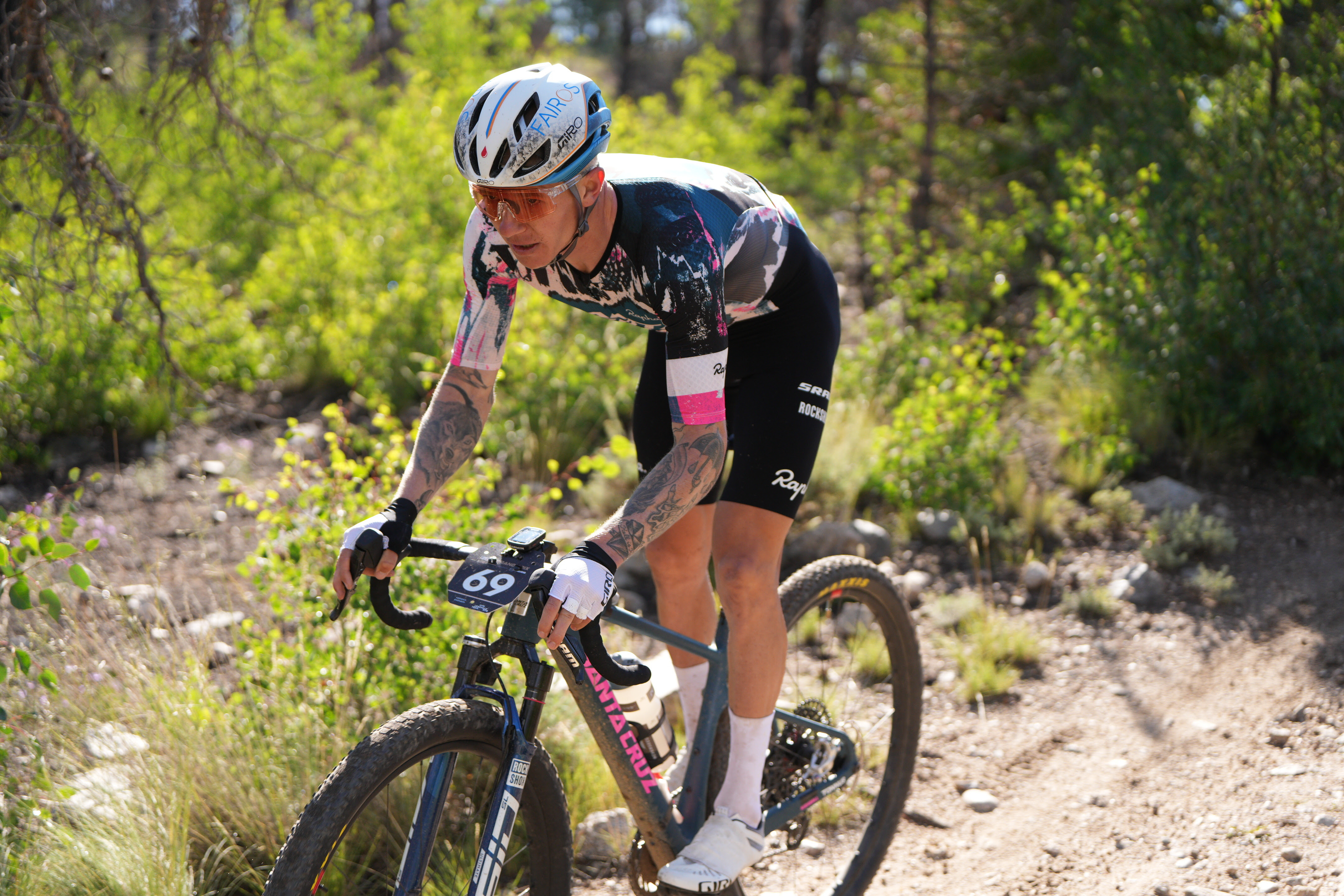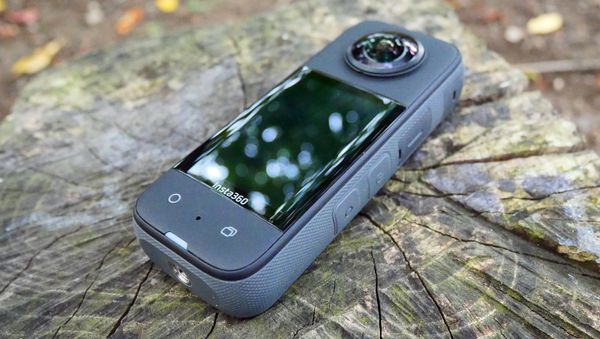Paralympian's saddle sore surgery highlights lack of research for female cyclists
Hannah Dines' chronic inflammation led to surgery and she says more needs to be done to protect women's health in cycling

Hannah Dines in the WT2 time trial at the Paracycling World Championships in Switzerland (Photo by Christopher Lee/Getty Images for British Cycling)

Paralympian Hannah Dines has revealed the five years of pain she endured before seeking surgery for chronic swelling caused by her saddle.
The 26-year-old has said that the way female bike racing is not 'taken seriously' has a huge impact on health and research, in a comment piece written for the Guardian.
The trike racer, who suffers from spastic diplegia and came fifth in the T2 road and time trial races at Rio, described cycling as a 'labour of love', which she receives no funding for.
The physiology graduate explains that she stopped receiving funding from UK Sport after the Rio Olympics, also losing access to medical advice from British Cycling and the English Institute for Sport (EIS). Being Glaswegian raised she did receive help from the Scottish Institute for Sport.
Dines' saddle problems began in 2014, when she was trying out for the British Cycling team.
>>> What are saddle sores and how to treat them?
She graphically describes: "Staring at the large amount of skin and hair that had just sloughed off my vulva in a hotel bathroom."
Get The Leadout Newsletter
The latest race content, interviews, features, reviews and expert buying guides, direct to your inbox!
"British Cycling gave us great kit – nice shorts, shoes, gloves, but no anti-abrasion ointment, no medical chat about the dangers of chafing our cha-chas out of existence. The message was: show weakness and you’re out. I pulled up my knickers and flushed it all away," Dines adds.
>>> Does elite cycling have a problem with mental health?
The problems didn't go away, eventually resulting in chronic swelling.
Dines says: "By my second year in the saddle, my injuries were veering towards the dire end of the spectrum. Specifically, I had a huge swelling on one side of my vulva that grew almost as soon as I started to train and eventually never went away. In its fifth year – 2018 – the lump got quite hard and was, literally, massive. I could no longer ignore it."
Swellings like the one Dines was experiencing can have a number of causes, from lymphatic damage to compressed tubes, necrotic fat buildup, assorted gland conditions - or cancer.
She says: "When a doctor sees another woman like me, “cancer” will often be their first thought as that can be the cause of vulval swelling. If there were studies into the vulva and its lipoma-formation-defence against constant and unremitting pressure from the saddle, maybe this wouldn’t happen."
She points out that it's the forward sitting racing position adopted by cyclists which causes pressure, and that "while the valuable parts of the male genitalia can be moved out of the way, women sit right on the money."
Several brands have created saddles which help to relieve pressure, such as the ISM noseless option and Sella Italia's generously sized cut outs.
However, the 2015 World Cup medallist still believes more needs to be done, saying: "there is a feeling that female bike racing is not taken as seriously. [And] this has a huge impact on health and research."
Dines is far from alone. Fixing issues with saddle discomfort became a key target for British Cycling after the 2012 Olympics, with physiotherapist and bike fitter Phil Burt leading a project which helped to reduce the days of training female track riders were losing to saddle sores.
However, it's suggested that problems continue - Dines says that in sharing her story with other Olympic and Paralympic athletes, "they didn’t bat an eyelid and volunteered their own accounts."
Passing on advice for women getting serious about cycling, Dine suggests booking in for a bike fit that will include saddle pressure mapping as a first port of call.

Thank you for reading 20 articles this month* Join now for unlimited access
Enjoy your first month for just £1 / $1 / €1
*Read 5 free articles per month without a subscription

Join now for unlimited access
Try first month for just £1 / $1 / €1
Michelle Arthurs-Brennan the Editor of Cycling Weekly website. An NCTJ qualified traditional journalist by trade, Michelle began her career working for local newspapers. She's worked within the cycling industry since 2012, and joined the Cycling Weekly team in 2017, having previously been Editor at Total Women's Cycling. Prior to welcoming her first daughter in 2022, Michelle raced on the road, track, and in time trials, and still rides as much as she can - albeit a fair proportion indoors, for now.
Michelle is on maternity leave from April 2025 until spring 2026.
-
 Keegan Swenson and Haley Batten win Sea Otter Classic Gravel
Keegan Swenson and Haley Batten win Sea Otter Classic GravelSwenson and Villafane slip into familiar Life Time Grand Prix series leads
By Ryan Simonovich Published
-
 I have been capturing my cycling adventures for over 20 years, and two of the best action cameras for cyclists have just hit their lowest prices on Amazon
I have been capturing my cycling adventures for over 20 years, and two of the best action cameras for cyclists have just hit their lowest prices on AmazonDeals Amazon has slashed the price on Insta360 cameras, including the highly rated X3, which has a huge 30% off
By Paul Brett Published